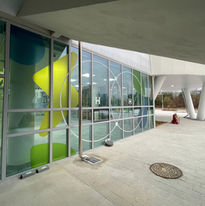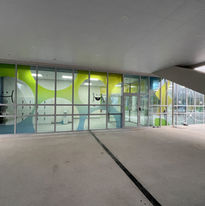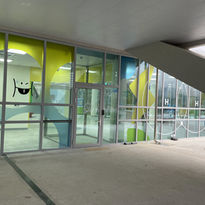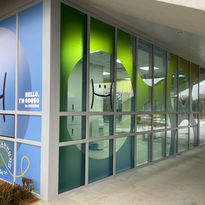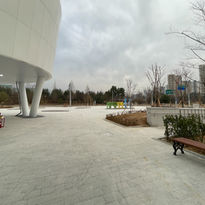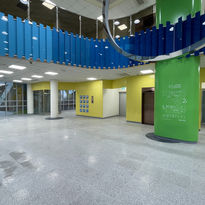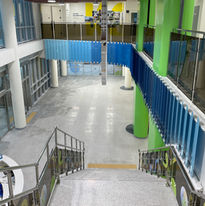
Hydrogen Safety Museum Space Design
The Hydrogen Safety Experience Center is the first civic space in South Korea devoted entirely to raising public trust and awareness around hydrogen energy. Commissioned by the Korea Gas Safety Corporation and located in Eumseong County, the project addresses both safety imperatives and educational missions. Rather than framing hydrogen as a technical issue, it is presented here as a human story, tangible, visible, and emotionally accessible.
Code-Complete
Title-KR
Team
Module
Unit Item
Use
PA220645
수소 가스안전 체험교육관(수소안전 뮤지엄) 공간 디자인
Team-Projects
Culture
Art & Culture
Project Status
Project launch
Design Completed
Construction Begins
Construction Completed
Operation
Location
Site Area
Total Floor Area
Seoul, South-Korea
Budget
Account Name
Team Members
Team Collaborators
EBS(Korea Educational Broadcasting System)
Contents KR
Designing Spaces that Care
More than a museum, the center was designed to leave visitors with a positive impact. Rooted in our archi-therapy philosophy, the architecture offers a soft and reassuring experience with curved walls, natural light, and gentle color harmonies that make the space approachable and peaceful, particularly for children. From reception to exhibition, every spatial gesture is calibrated to nurture psychological comfort and intuitive orientation, transforming safety education into an act of wellbeing.
Making the Invisible Tangible
Hydrogen, usually invisible, becomes a friendly and visible presence. The H₂ symbol is reimagined as a smiling character, guiding visitors with playfulness and warmth. Graphic lines ripple across floors and walls, echoing the movement of molecules. A palette of sky blue, soft green, and lemon yellow energizes the architecture without overwhelming the senses. This identity system, from mascot to signage, weaves together clarity, curiosity, and coherence, making science feel human and accessible.
Moving Through Knowledge
The architecture invites movement as a way to learn and engage. The central staircase becomes a vertical timeline, framed by translucent fins and reflective surfaces, guiding visitors upward into understanding. Circulation paths are intentionally non-linear, encouraging exploration over instruction. Soft thresholds lead from active displays to quiet moments of pause, from technical explanations to sensory discovery. The layout turns knowledge into experience and movement into memory.
Building Trust Through Emotion
More than a building, the center is a public interface for a new energy culture. It fulfills a national mission not through technical jargon, but through storytelling, design, and empathy. Hydrogen no longer hides in pipes or textbooks. It appears in playful characters, colored flows, and tactile volumes that invite visitors to see, touch, and trust. By shifting from performance-driven design to emotionally-aware architecture, the center becomes a prototype for how we teach energy, how we feel technology, and how we build trust through space.

















